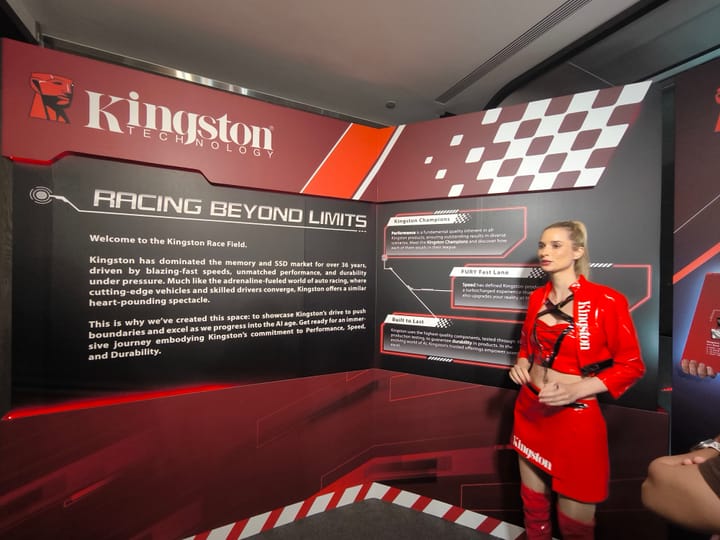IBM and NASA Join Forces to Advance Earth Science Research with AI Technology
IBM and NASA's Marshall Space Flight Center have partnered to use IBM's artificial intelligence technology to gain new insights into NASA's extensive Earth and geospatial science data.

IBM and NASA's Marshall Space Flight Center have partnered to use IBM's artificial intelligence technology to gain new insights into NASA's extensive Earth and geospatial science data. This collaboration marks the first time that IBM's foundation AI model technology will be applied to NASA's Earth-observing satellite data.
What are foundation AI models?
Foundation AI models are multi-purpose models that are trained on vast amounts of unstructured data, and they have greatly advanced the field of natural language processing in recent years. IBM is one of the leading companies in utilizing these models for purposes beyond language processing.
Why collaborate?
With Earth observation data being gathered at an unprecedented rate and volume, new and creative ways are needed to extract knowledge from these massive data resources. The objective of this effort is to make it easier for academics to analyze and extract information from these large datasets.
The ability to quickly identify and analyze these data due to IBM's foundation model technology could help improve our understanding of Earth and its response to climate-related issues.
What comes out of it?
IBM and NASA plan to develop several new technologies to extract insights from Earth observations. One project will train an IBM geospatial intelligence foundation model on NASA's harmonized Landsat Sentinel-2 dataset, a record of land cover and land use changes captured by Earth-orbiting satellites.
This foundation model technology will help researchers analyze petabytes of satellite data to identify changes in geographic phenomena such as natural disasters, cyclical crop yields, and wildlife habitats.
The collaboration will result in a searchable database of Earth science literature, created by IBM using an NLP model trained on nearly 300,000 Earth science journal articles. This model represents one of the largest AI workloads trained on Red Hat's OpenShift software and uses IBM's open-source multilingual question-answering system, PrimeQA. The new Earth science language model will be a valuable resource for researchers and could also be integrated into NASA's scientific data management processes.
The potential benefits of this collaboration are vast, as applying foundation models to geospatial, event-sequence, time-series, and other non-language factors within Earth science data could make valuable insights and information available to a wider range of researchers, businesses, and citizens. It could ultimately facilitate more people working on pressing climate issues.
Other potential cooperation efforts between IBM and NASA under this agreement include the development of a fundamental model for forecasting weather and climate using the MERRA-2 dataset of atmospheric observations. This partnership is part of NASA's Open-Source Science Initiative, which aims to create a diverse, open, and cooperative open science community over the next ten years.
Concluding remarks
This collaboration between IBM and NASA's Marshall Space Flight Center represents a significant step forward in the field of Earth and geospatial science. The use of IBM's foundation AI model technology on NASA's Earth-observing satellite data is expected to result in valuable insights and a better understanding of our planet and its response to climate-related issues.
The creation of a searchable database of Earth science literature and the potential for integrating this technology into NASA's scientific data management processes could greatly benefit the scientific community. This partnership is a positive development in NASA's Open-Source Science Initiative and highlights the potential for collaboration and the sharing of resources across organizations to tackle complex issues.


